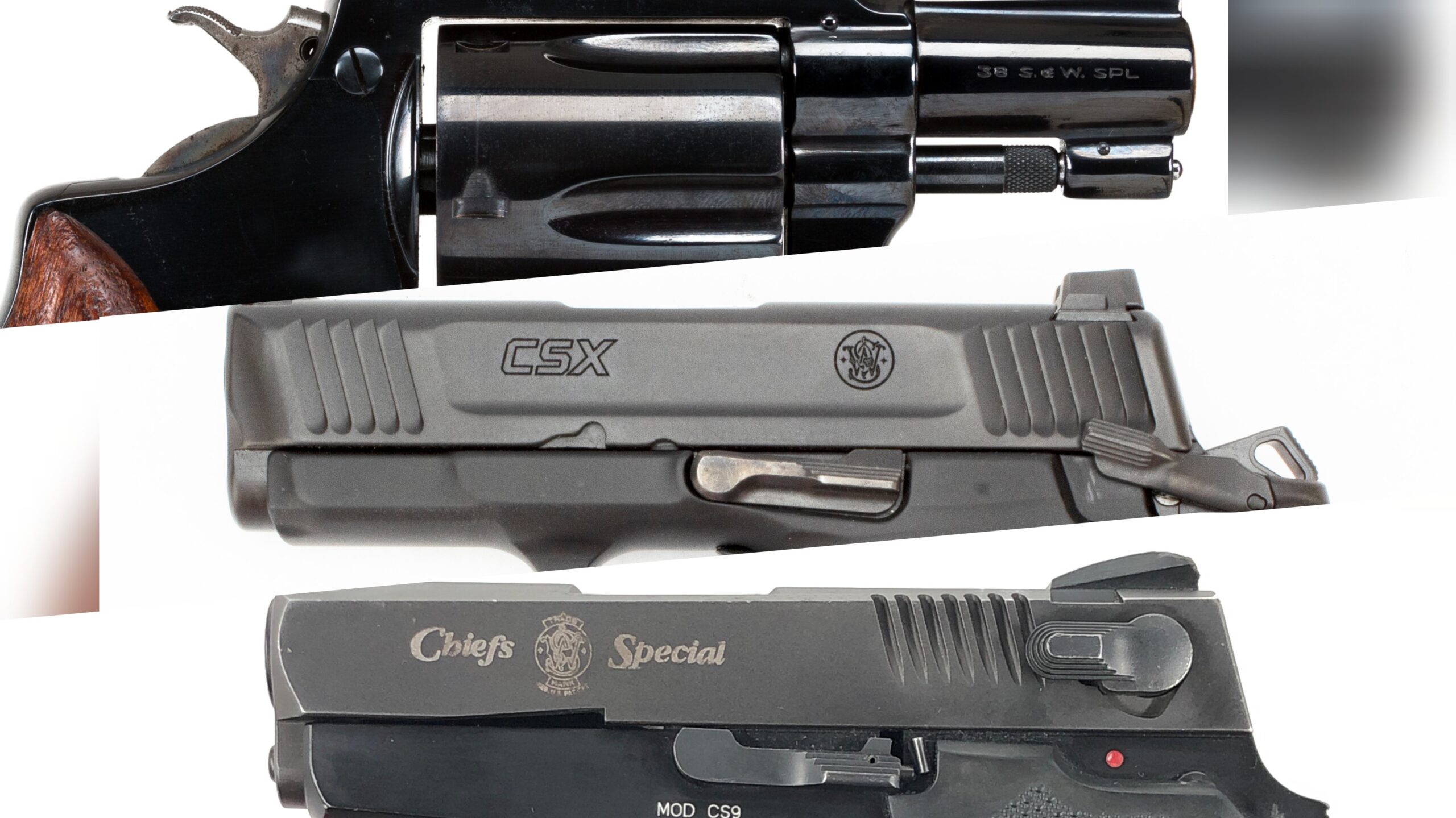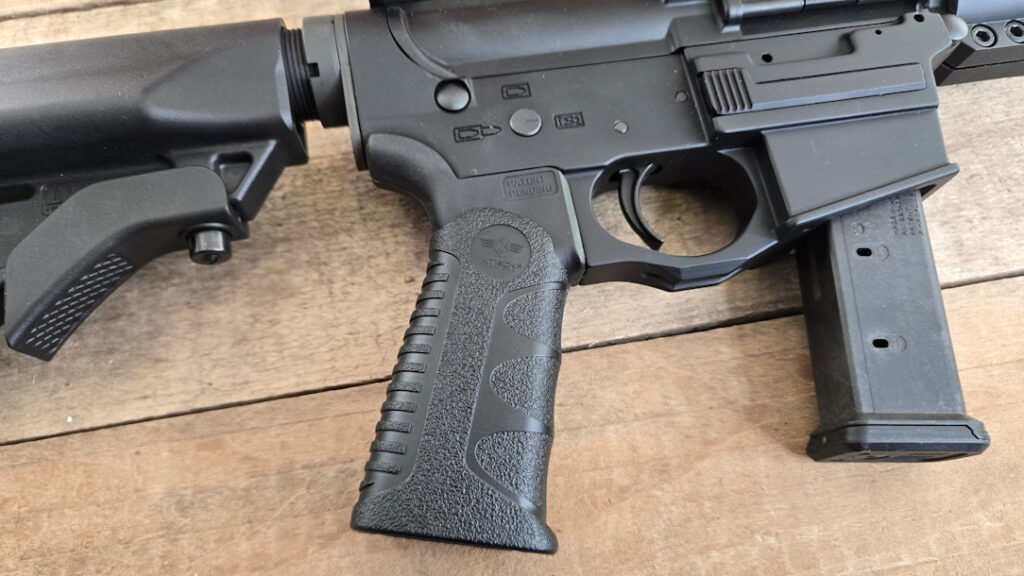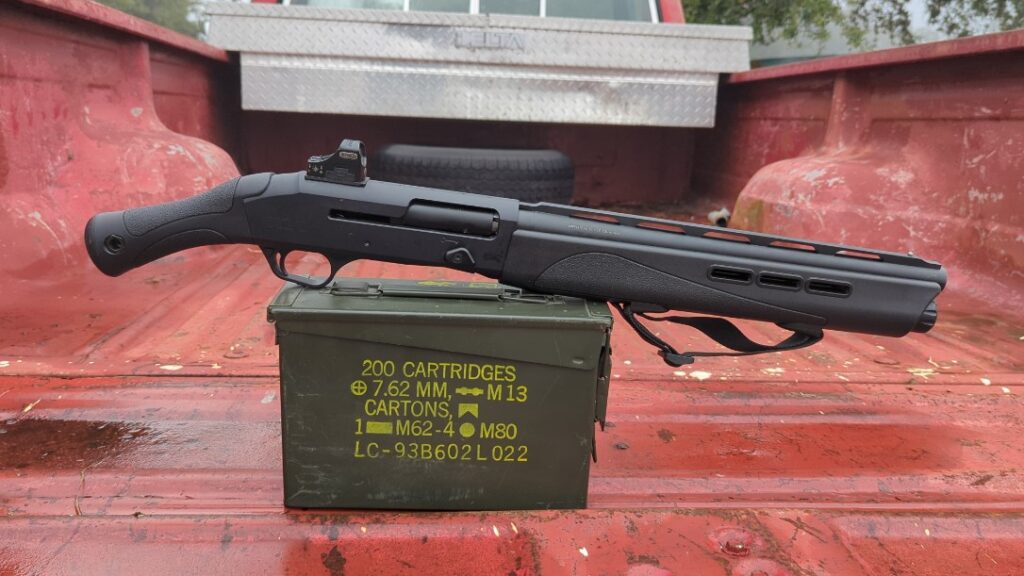The S&W Chief’s Special is a classic snub-nose revolver. This little gun helped establish one of the most popular genres of revolver and introduced the now-famed J-Frame to the S&W lineup. The story behind the original Chief’s Special is fascinating, and the evolution of the Chief’s Special has been radical from the very beginning.
History of the Chief’s Special
Origin of the Chief’s Special
Colt was eating Smith & Wesson’s lunch in the small revolver market. Colt’s Detective Special, a spin-off of the Fitz Special, was incredibly popular. Civilians and police both enjoyed the gun’s small size and the fact that it fired a .38 Special round.
The Detective Special offered much more power than other small revolvers. S&W’s own small revolver series chambered the .32 S&W Long and .38 S&W, both cartridges were considered anemic at the time. These I-Frame guns were losing ground to the more powerful Detective Special because the I-Frames couldn’t handle the .38 Special cartridge.
Advertisement — Continue Reading Below
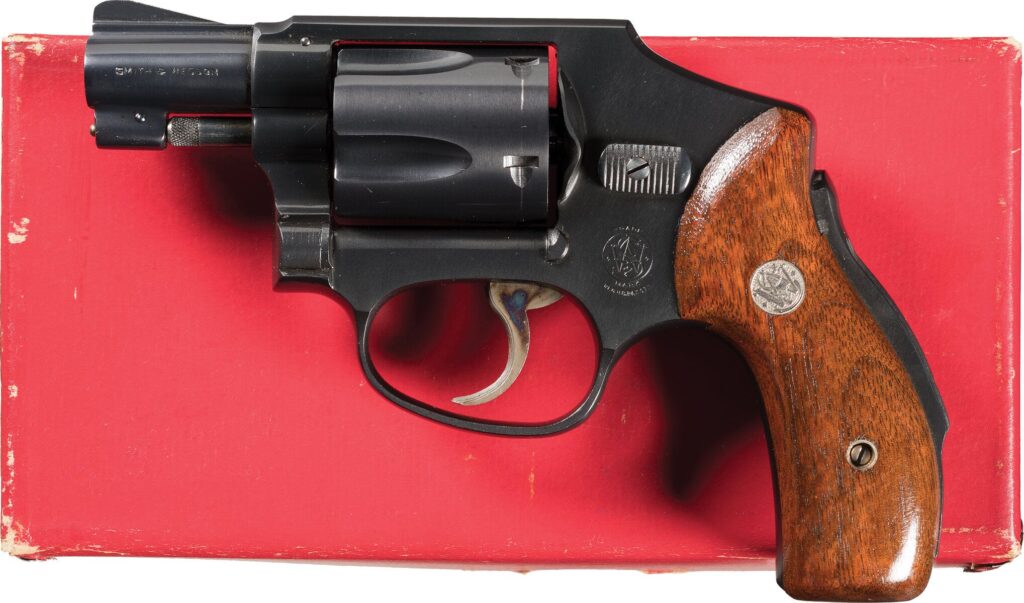
The President of S&W instructed his engineers to create a small-frame revolver that could handle the .38 Special round. They lengthened and strengthened the older I-Frame to function with the more powerful .38 Special cartridge. In addition, they replaced the old-style flat mainspring with a coil mainspring, which improved its durability and reliability.
This new frame became the J-Frame and was originally called the Model J.
Advertisement — Continue Reading Below
What’s In a Name
There are some genius-level marketing schemes; they’re rare, but when they work, they are brilliant. S&W’s marketing scheme for the new revolver was certainly brilliant. They took the gun to the International Association of Chiefs of Police Conference in October 1950. They assembled the Chiefs and held a contest to vote for a name for the new handgun.
Chief Edward Boyko of Passaic, New Jersey, submitted the simple but effective Chief’s Special moniker. Unsurprisingly, a bunch of police chiefs liked the name, and it won. They voted, and the Chief’s Special was born. The Chief’s Special is also known as the Model 36 (with a blued finish) and the Model 60 (with a stainless finish).
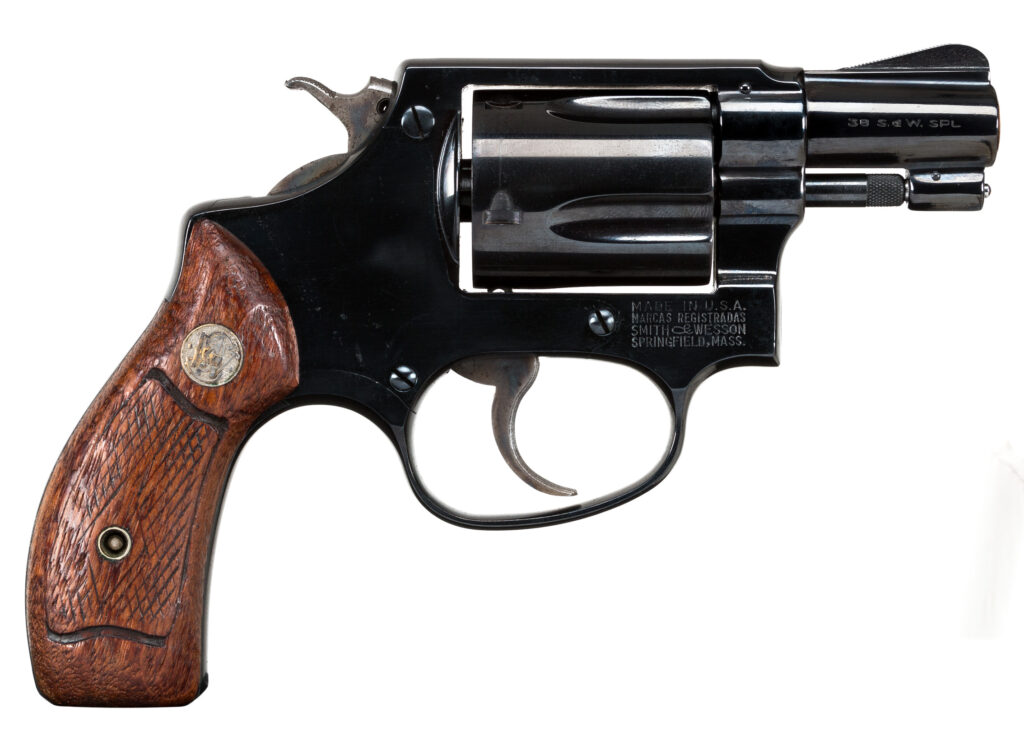
Advertisement — Continue Reading Below
The gun had a 2-inch barrel, a 5-round cylinder, an exposed hammer, and a fixed front sight. It’s extremely simple, and not much has changed in the design of the modern snub-nose revolver.
The gun was intended to arm both the average Joe and police officers who weren’t beat cops. Detectives, chiefs, admin personnel, and others didn’t need a great big revolver, but wanted a comfortable yet powerful gun to carry. J. Edgar Hoover even received a Chief’s Special.
The name stuck, and the gun became extremely popular. It became a flagship of S&W, a moniker they held onto as firearms evolved and police officers moved to semi-automatics.
Advertisement — Continue Reading Below
Third Gen Chief’s Special
The third generation of S&W semi-autos included a massive lineup of firearms. S&W put significant effort into this series, and they were famously heavy. These guns were all-metal, hefty, and came in all the hot calibers of the late 1980s and 1990s. They were popular pistols with police forces and widely fielded around the country and the world.
S&W saw a great marketing opportunity and brought the Chief’s Special name into the new age. The Third Gen Chief’s Special wasn’t a single gun, but a series of three different pistols. All were roughly the same, but they came in different calibers: the CS9, the CS40, and the CS45. The last two digits indicate the caliber they chambered.
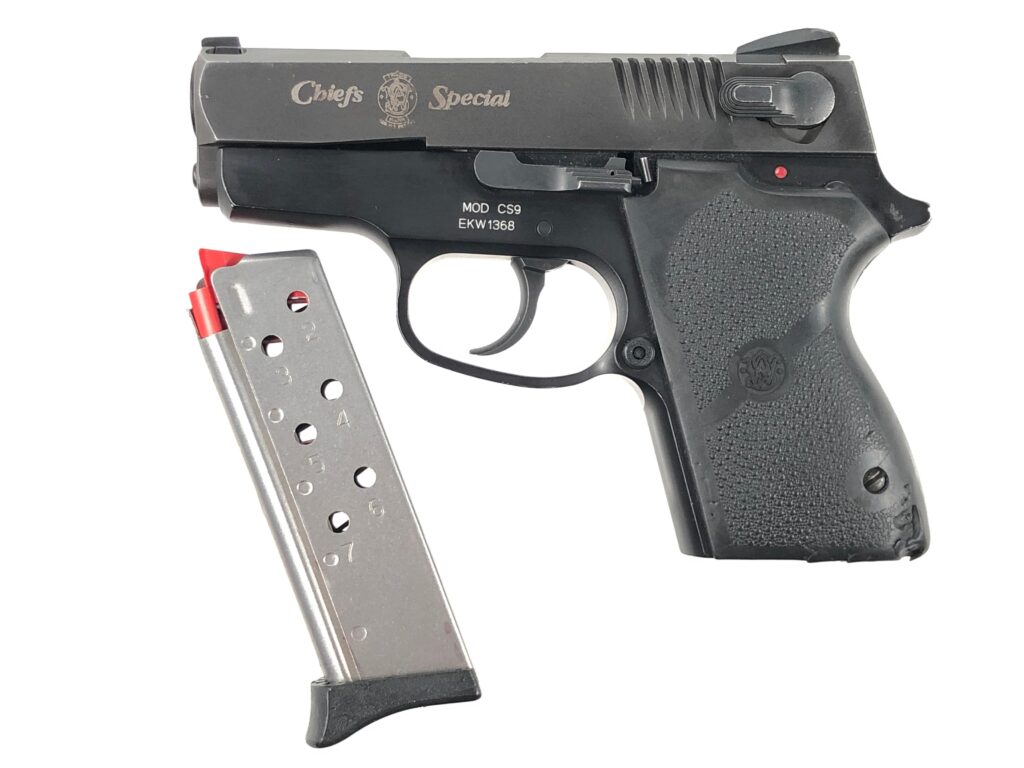
Advertisement — Continue Reading Below
These were DA/SA or DAO models with bobbed hammers. The frames were alloy instead of steel to make them easier to carry and much lighter than the all-steel third-generation guns. The barrel lengths varied slightly between 3 and 3.25 inches. The magazines were single-stack to help reduce bulk, but like all S&W 3rd Gens, these were still thick pistols.
I have a real craving for a CS45, but they are fairly tough to find.
The Modern Chief’s Special
The latest Chief’s Special is the CSX. The CSX is a micro-compact 9mm with a 1911-like profile. It’s small and easily concealable, with magazine capacities ranging from 10 to 17 rounds and a 3.1-inch barrel. The CSX has since evolved into the E-Series, which integrates an optics-ready design and introduced a 3.6-inch barrel model.
Advertisement — Continue Reading Below
The latest Chief’s Special X, or CSX, is an odd one. The original and the Third Gen guns all seemed like they would be an option for a police force to carry because they matched an established law enforcement platform. The CSX, as a micro-1911, doesn’t seem to be all that appealing to police forces, largely fielding striker-fired pistols.
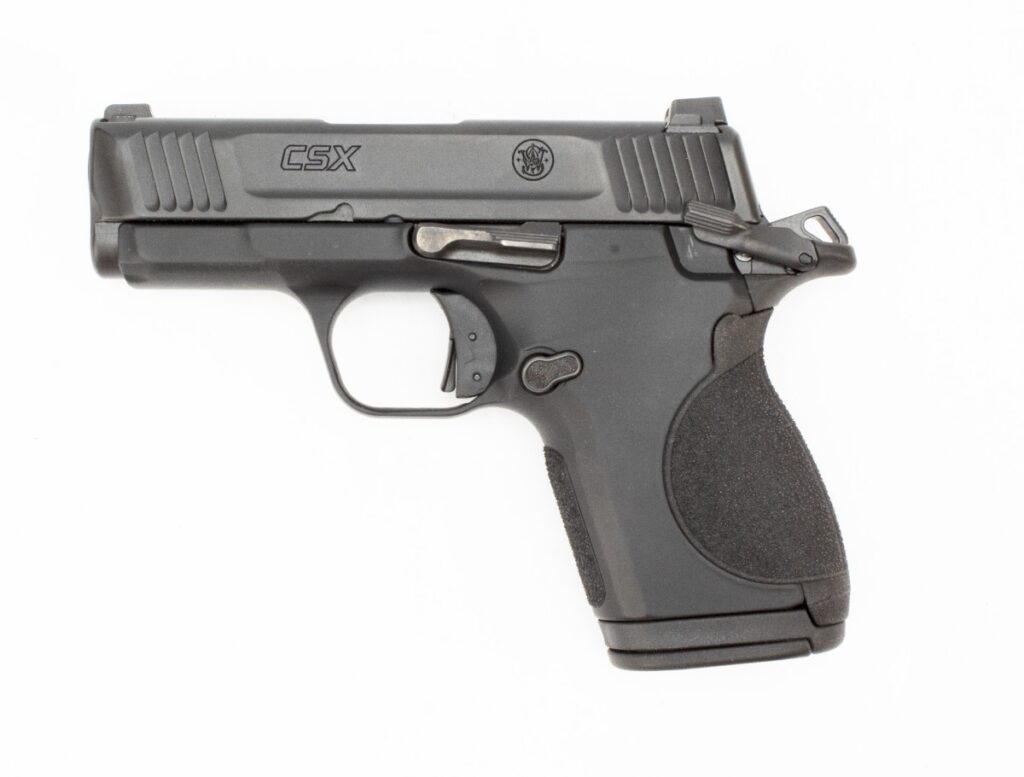
It’s an odd choice to call it a Chief’s Special when a variant of the M&P series would be a better option and more likely to be carried by the same folks who would have carried an original Chief’s Special. Still, the CSX E-Series is a fantastic gun and one of the more slept-on micro-compacts.
Advertisement — Continue Reading Below
The Chief’s Special – A Legend
S&W’s marketing in the 1950s was on point. It was absolutely brilliant and cemented a series of guns in S&W’s lineup. It’s one of those monikers that has even reached into the non-gun world. The Chief’s Special is a classic.
